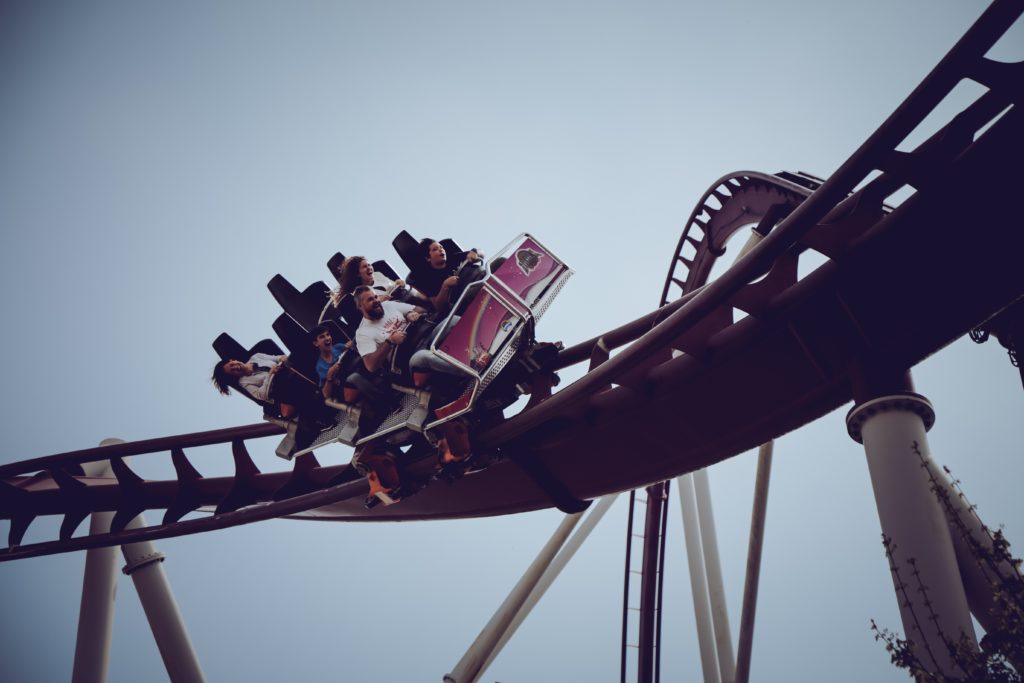 Most of us take amusement park safety for granted when we sit down on a roller coaster or get into a towering water slide. Surely such attractions would not be open to the public if they were not safe; after all, government regulators can shut down restaurants and roads, they must be able to do the same to amusement parks.
Most of us take amusement park safety for granted when we sit down on a roller coaster or get into a towering water slide. Surely such attractions would not be open to the public if they were not safe; after all, government regulators can shut down restaurants and roads, they must be able to do the same to amusement parks.
Yet there is no actual federal oversight or regulation of “fixed-site” amusement parks. Such things are under the supervision of state laws, and in New York, there is a pretty low standard for inspections and safety.
Fixed-Site Amusement Parks
To understand how amusement park regulation works in the United States, first it is necessary to recognize how parks are categorized. There are two basic types: fixed-site and traveling parks. Traveling parks include things like carnivals that go from one location to another, setting up rides and other attractions as they do so. These organizations are overseen by the federal Consumer Product Safety Commission.
On the other hand, fixed-site parks, or amusement parks, are facilities that do not travel from one location to another. This includes major theme parks, water parks, and similar locations with rollercoasters and other rides that are not regularly dismantled, moved, and assembled. These locations are exempt from federal regulations and oversight, leaving individual states to decide how to handle them.
The reason for this lack of federal regulation, sometimes referred to as the “rollercoaster loophole” is that according to the federal government, these parks are not consumer products. The rides and other attractions are “purchased” by the amusement park itself, making it the buyer, and people who visit the park are buying the experience of going there and enjoying the rides. As such, visitors at these parks are not consumers and so there is no protection under the Consumer Product Safety Commission.
New York Oversight
Since each state is given jurisdiction to handle amusement park safety individually, it can be difficult to understand exactly how a given amusement park is overseen. In New York, for example, amusement parks are not inspected regularly by any government agency. Instead, annual inspections must be performed by a qualified inspector, such as a licensed professional engineer or architect or an insurance inspector. The only stipulation is that the inspector cannot be an employee of the amusement park or its controlling company. That means that an engineer with a background in designing roads and bridges might be allowed to inspect rollercoasters to ensure public safety. While becoming a licensed engineer is an impressive feat, it does not necessarily mean someone has a well-rounded grasp of rollercoaster design.
The Potential for Serious Injuries
The lack of federal regulation is often defended with the argument that serious accidents at amusement parks across the country are rare. While that is true, the results can be horrendous. For example, a 10-year-old boy was decapitated while riding on an enormous water slide in Kansas in August 2016. It is impossible to imagine the kind of horror and suffering the boy’s family went through, and investigators ultimately found that the park’s owner was aware of dangers associated with the slide and rushed construction on it.
In New York, an incident only needs to be reported to the state if there is a personal injury that results in death, dismemberment, a compound fracture, or a loss of consciousness that results in hospitalization. Any other amusement park injury that does not meet the criteria does not have to be reported by the owner of the park. It is also worth noting that rides and parks within New York City limits are regulated by the NYC Department of Buildings, rather than by the state, which only makes the situation more confusing.
Safety Concerns and Consumer Protection
An argument is often made that federal regulation is unnecessary because parks can regulate themselves; after all, no park would want serious injuries or deaths to harm their public image and reduce profits. But in a 24-hour news cycle, a story about a child being seriously harmed or killed at an amusement park does not remain in the public consciousness for very long. Amusement parks, even those where deaths occur, can stay open and bring in huge profits without a federal agency to tell them how they must improve safety for visitors.
Civil lawsuits are often used by those injured at amusement parks, or their loved ones, to hold the park responsible for injuries that occur. But efforts are underway across the country to reduce or marginalize the power of customers to do this. For example, in South Carolina, park customers on rides who do not follow posted safety rules can have a criminal misdemeanor charge filed against them. In this way, responsibility is taken away from the owner of the park to keep patrons safe, and instead placed upon those who pay to enjoy themselves on the rides.
If you have questions about suffering an amusement park injury or another accident on a ride, speak with the top New York premises liability lawyers at Wingate, Russotti, Shapiro, Moses & Halperin, LLP. Call us at (212) 986-7353 for a free consultation.